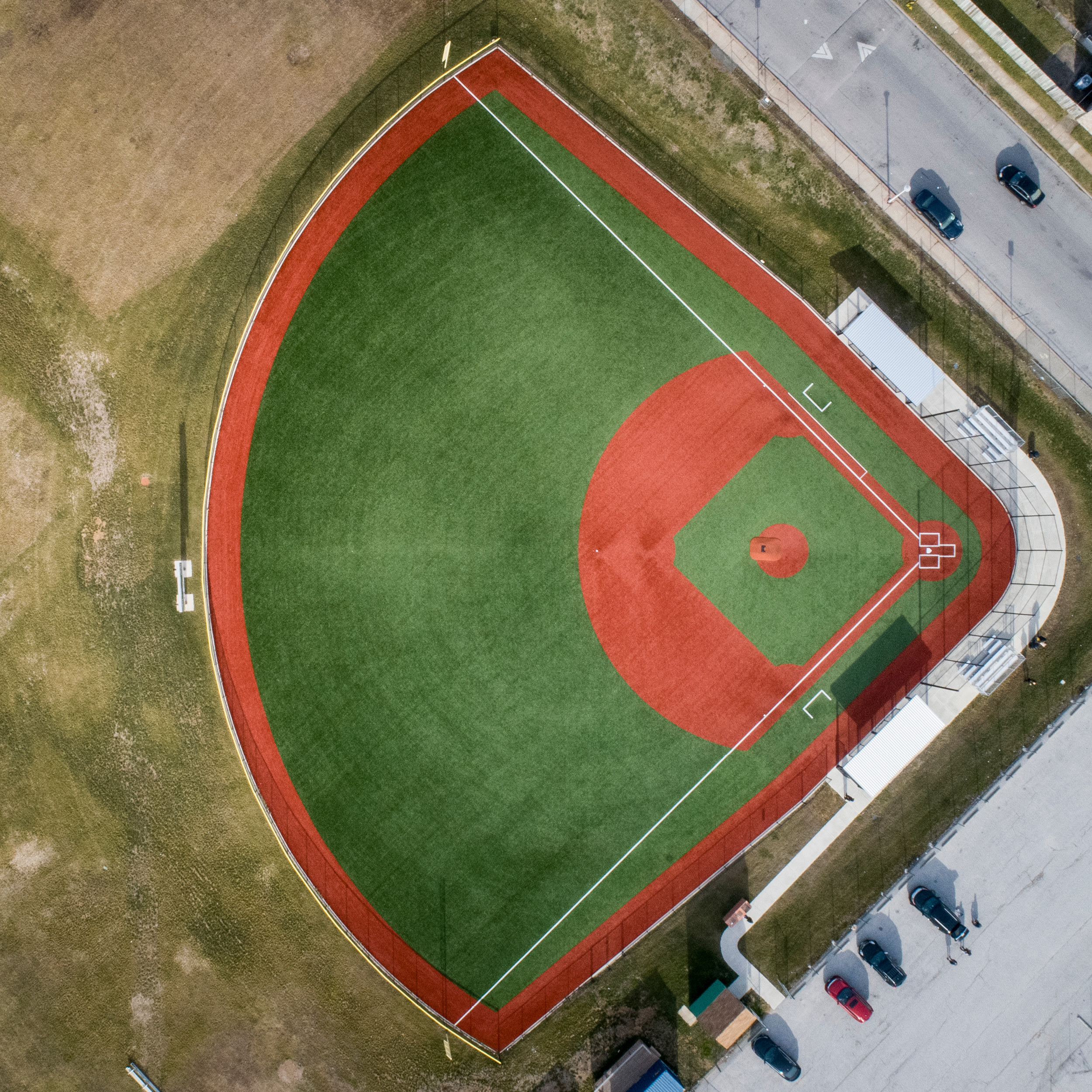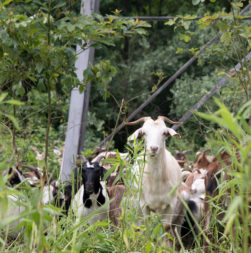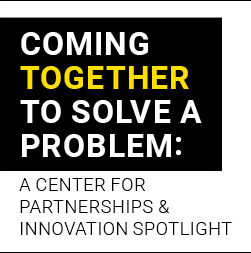No matter how well-funded an organization may be, they often struggle to find ways to address complex challenges. Whether the organization is dedicated to things like better nutrition, safer communities, eliminating diseases, environmental issues, disaster relief, or social change, there is no shortage of complicated challenges. Even the largest companies can feel overwhelmed when they set out to reach wide-reaching philanthropic goals.
That’s why many companies are tackling the big challenges by creating a network of partnerships. The resources needed, whether they are time, talent, or funding, can come from many places, including businesses, foundations, nonprofits, and grassroots organizations. Working together, stakeholders with varying levels of assets and resources can amplify their impact on the community.
A Case Study in Partnerships
Baltimore Gas and Electric (BGE) is well-versed in the power of partnerships. BGE is a natural gas and electric utility serving Maryland’s energy needs. This 200-year-old energy company has long been dedicated to the idea of creating nonprofit partnerships to amplify their philanthropic influence. Not only do they know how to use networks to achieve charitable initiatives, but they also do it on a large scale.
In 2018, BGE donated over five million dollars to nonprofit organizations. But they didn’t stop with monetary support. Inspired by the exceptional community involvement of former CEO Calvin Butler, BGE’s senior management continues to serve on the boards of nonprofits, provide strategic guidance, facilitate introductions, and deploy an employee volunteer program that contributed more than 26,000 hours of community service in 2018 alone.
However, even with these impressive resources, BGE knows they are not able to make big changes in the communities they serve without working with aligned organizations within those communities. BGE is dedicated to finding the right nonprofit partners to help them achieve their goals and foster the most impact.
The Cascading Effect
With a large and well-developed giving team in place, BGE actively seeks out the most effective means to drive economic development, improve public safety, and support civic issues and concerns.
BGE has found they can do the most good by creating a series of relationships that start with corporate planning and their own volunteers that then “cascades” with the cooperation and contributions of nonprofits within their community. Their philanthropic efforts often spread out into networks, moving through dozens of neighborhood touchpoints—touchpoints otherwise hard to reach on their own.
BGE seeks to improve the quality of life in Baltimore but achieving such a far-reaching goal is challenging from where they sit amongst the community. To ensure that their efforts make a real impact, they involve businesses and nonprofits with a variety of skills, resources, and specialties that can cascade their reach. 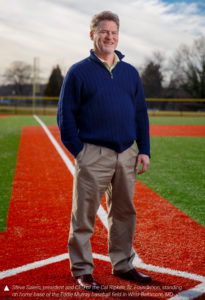
One of the ways BGE creates networks is through the identification of small, influential areas that will become the hubs for more substantial changes. They can offer experienced strategy, substantial funding, and a large pool of volunteers. These resources can empower a variety of smaller organizations with similar community goals. With the help of corporate support, smaller grassroots organizations and initiatives can succeed—one project at a time, one neighborhood at a time.
BGE’s partnership with the Cal Ripken, Sr. Foundation is an excellent example of cascading resources. The Cal Ripken, Sr. Foundation was created in 2001 by the two sons of the late Baltimore Orioles player, coach, and manager, Cal Ripken, Sr. The Foundation is focused on building character and teaching critical life lessons to at-risk young people living in Maryland and beyond. The programs they offer are not limited to the development of sports initiatives. The Foundation also works to improve nutrition, support anti-bullying initiatives, facilitate college preparedness, contribute to community building, and more.
Steve Salem, president and CEO of the Cal Ripken, Sr. Foundation, says, “We don’t take the word partnership lightly.” The Foundation worked with senior management at BGE to find the right neighborhood for the newly-completed Eddie Murray Field in West Baltimore.
In fact, Calvin Butler, former CEO of BGE, now CEO of Exelon Utilities, which oversees BGE and utilities in five states and DC, has served on the board of the Cal Ripken, Sr. Foundation for many years. He plays an active and continuing role in the partnership between BGE and the Foundation.
“We looked at a lot of neighborhoods,” Salem adds, “and at every single one of them, Calvin and BGE looked with us.” As a result of their combined efforts and resources, BGE and the Cal Ripken, Sr. Foundation chose to build a field at Mosher Elementary School because of its ability to impact yet another community group, the James Mosher Little League.
Founded in 1960, the James Mosher Baseball League was started by a small group of older men looking for positive ways to interact with the at-risk youth in their community. Their mission is to “elevate and advance the moral, intellectual, and social conditions of the youth of the community and combat juvenile delinquency.” The organization is also focused on developing good sportsmanship and managing a vibrant and active baseball league.
“Even today, the league is run by grandfather types,” Salem adds. “They’re working to keep kids engaged in productive activities, but they’re also protecting their safety. The James Mosher Baseball League gives the community’s youth a chance to rise up, to become successful, and to grow into productive adults.”
In this example of a cascading partnership, BGE supplied strategic and financial contributions to help the Cal Ripken, Sr. Foundation find the best ways to build a baseball field that would positively shape the community. And by working with the James Mosher Baseball League, the Cal Ripken, Sr. Foundation was able to do more than build a sports facility. It was able to support the youth of the community personally and holistically, in ways that have lasting effects on all parts of their lives. Salem emphasizes, “These kids just need a safe place. You don’t see them on the streets, but you see them at the field.”
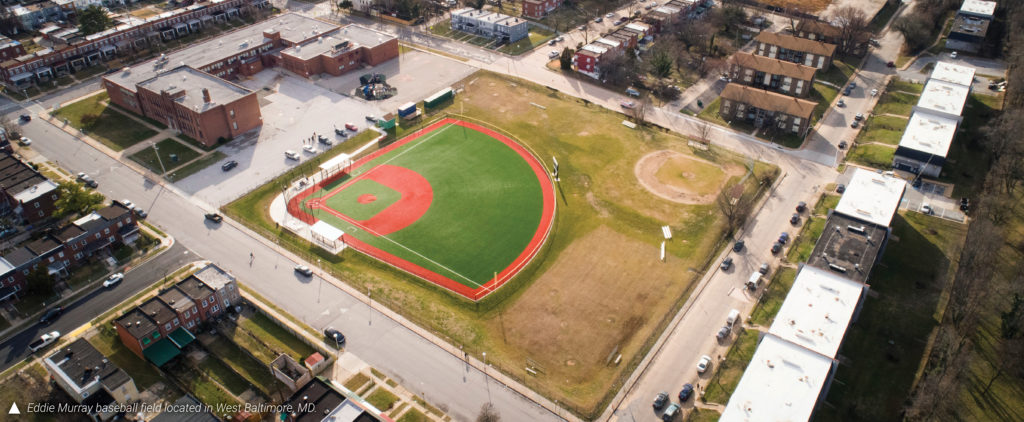
How Partnerships Can Help You
How can partnerships help you achieve your goals? Whether you’re trying to gain momentum on a philanthropic effort or want to amplify your professional initiatives, joining forces may help you reach your objectives.
Get started by thinking about how your organization can use your resources, such as money, time, equipment, product, services, or employee volunteers, to help another company or foundation reach its goals. Which grassroots groups or local organizations can help you implement change and facilitate improvements at every level?
Cascade strategies exponentially increase your reach and influence. Like moving waters, your efforts can continue to gain momentum, reaching wider and wider areas. With
planning, commitment, and the help of other organizations, your company can begin to make big changes that keep your community moving and thriving. And that’s good for everyone.
Read it in the pub!
Check out “How Do You Tackle Big Challenges? Create A Cascade of Partnerships.” in all its glory and find additional content in Vol. VII of “On The Move”—Partnerships.
